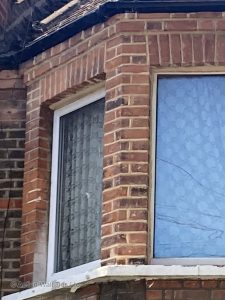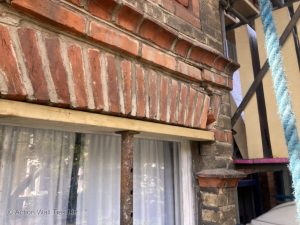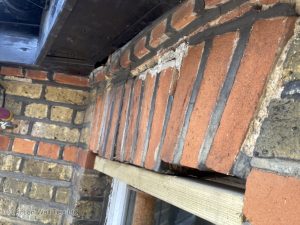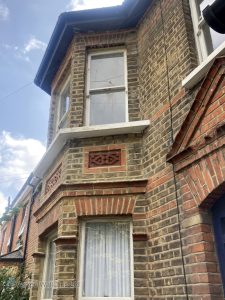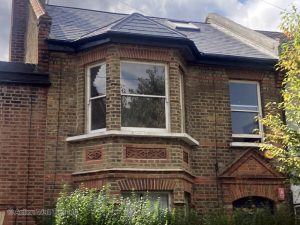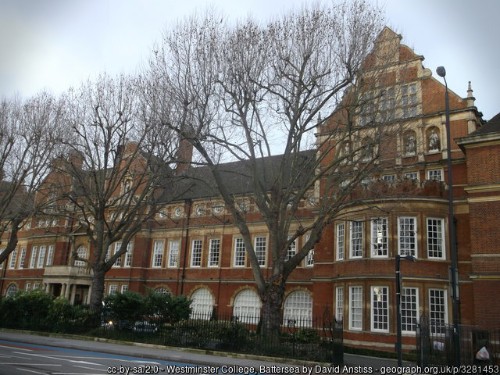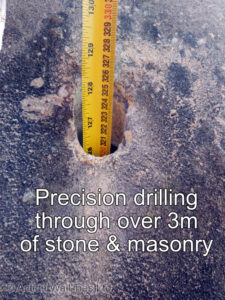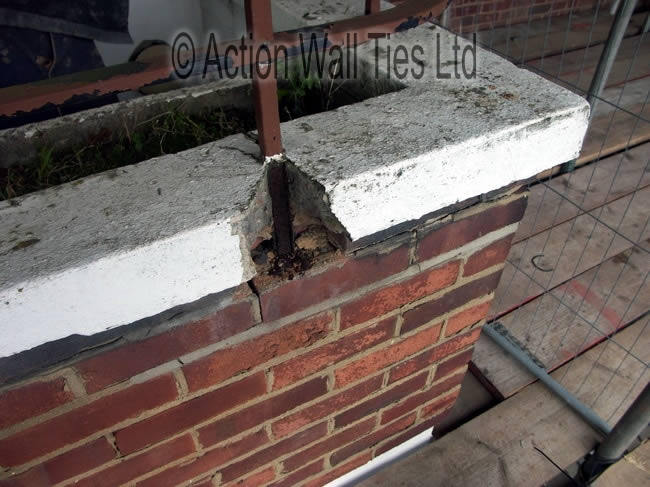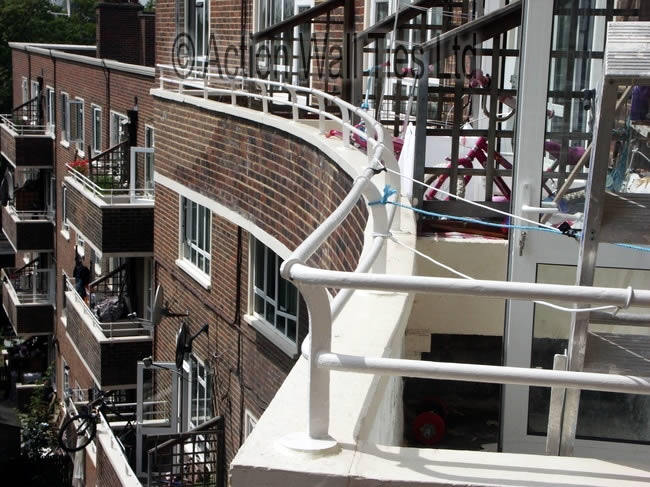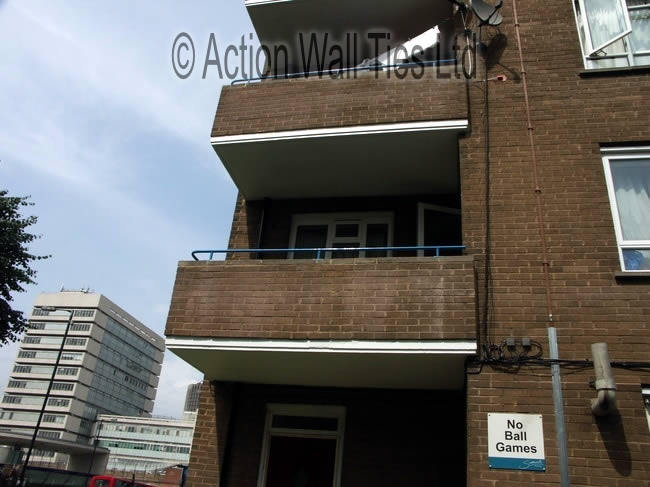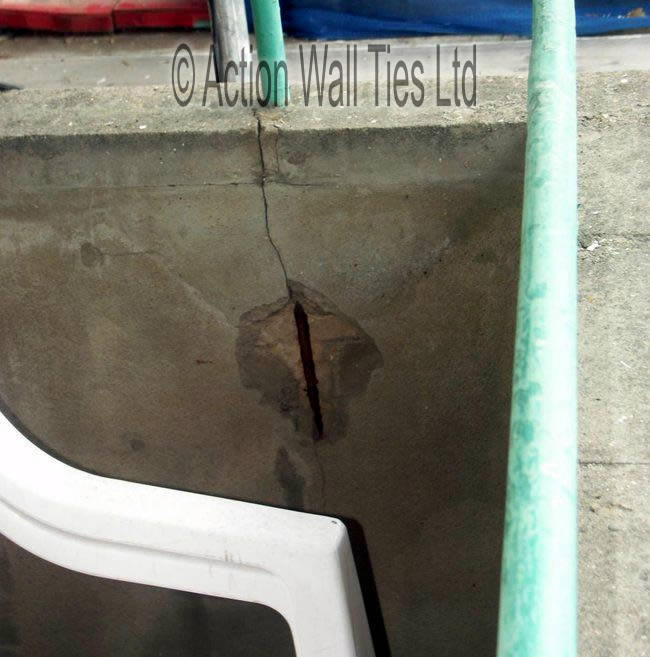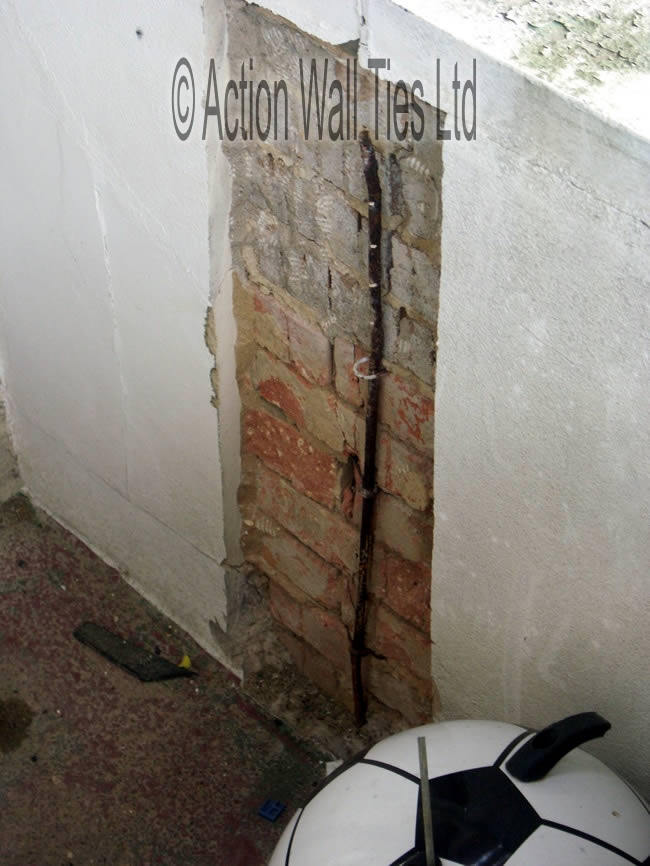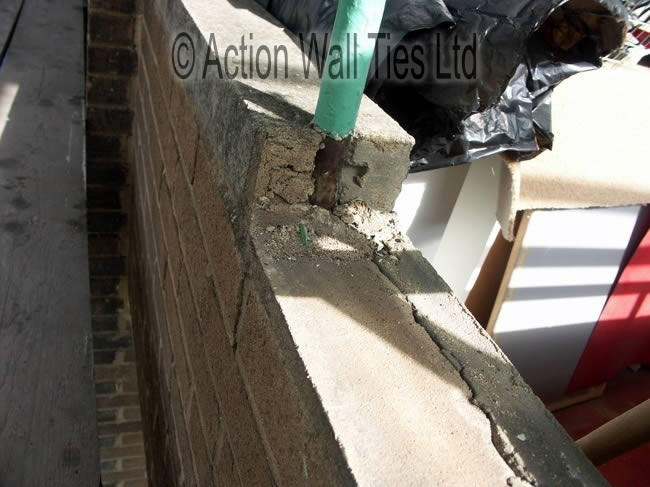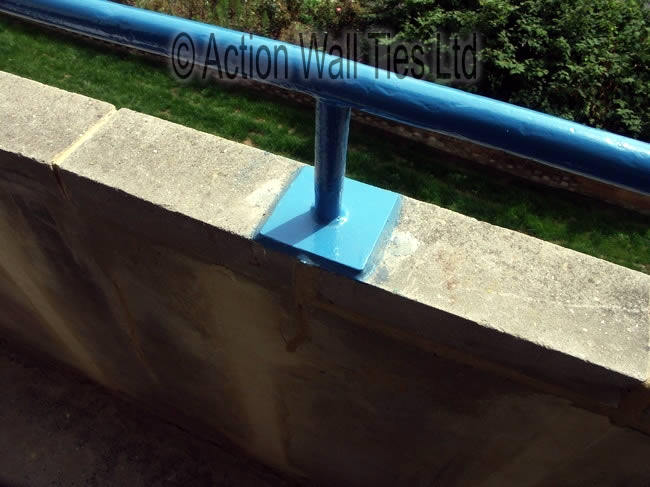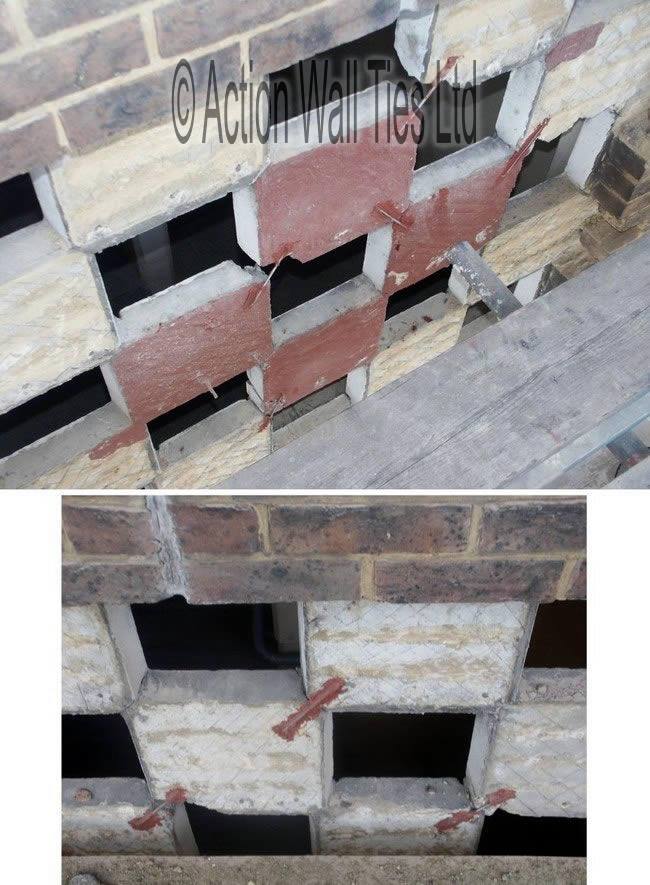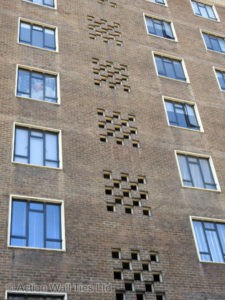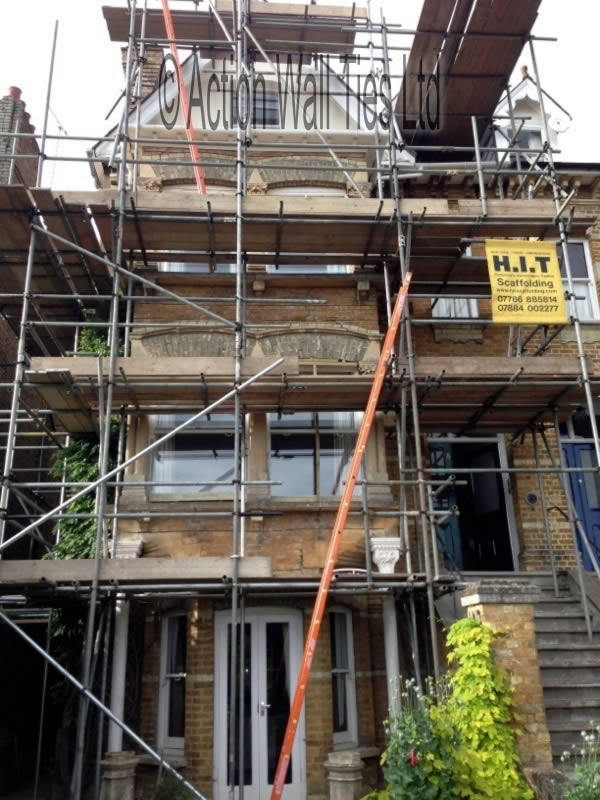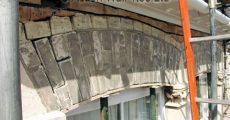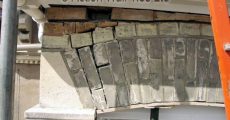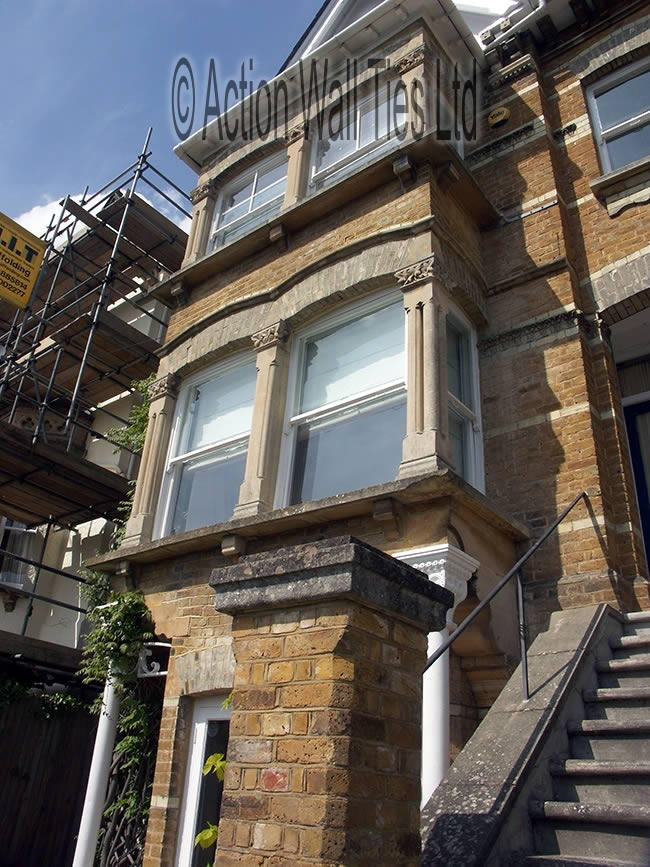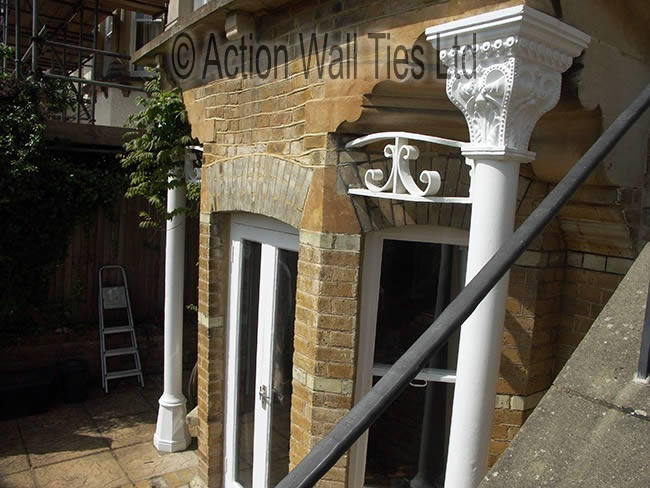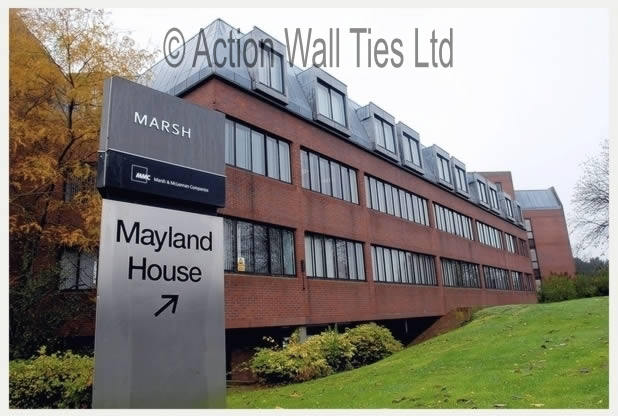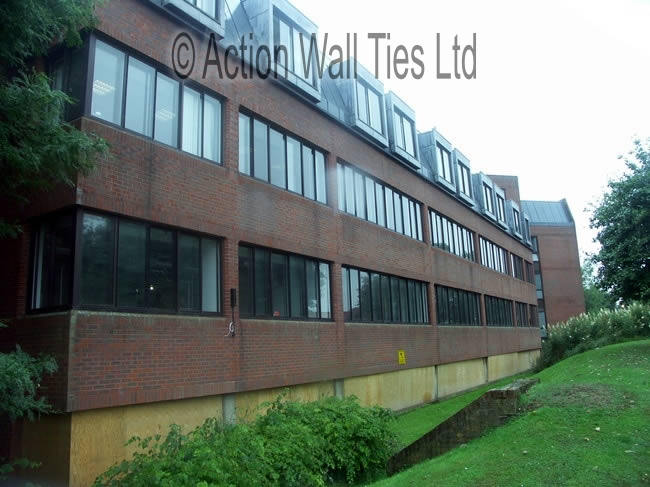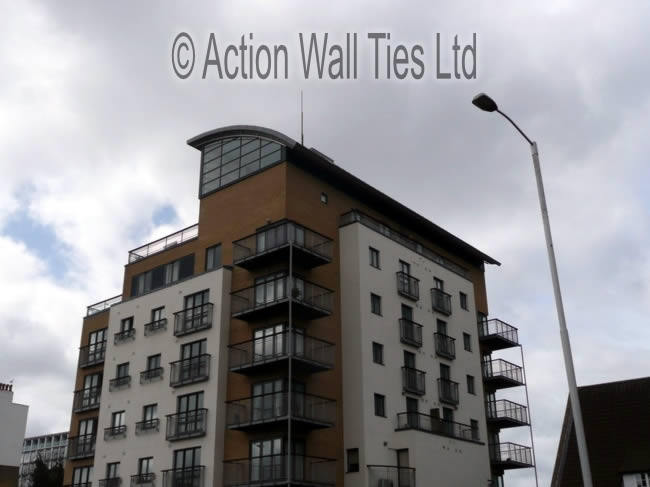Structurally Unstable Bay Window in Walthamstow, East London
Like many similar period properties in the Walthamstow, London E17 area, this Victorian/Edwardian house had severe structural issues with the bay window masonry.
Previous attempts to repair the issues by traditional builders, such as repointing the brickwork, had failed to solve the underlying structural defect. As a result, the 1st-floor bay window was at risk of collapse.
If the masonry collapsed, this would require highly disruptive and expensive rebuilding work and impact the property value due to the loss of period features.
AWT can provide long-term, cost-effective repairs for severe bay window structural problems with minimal disruption. To learn more about how AWT can help with structural defects in bay windows read our Bay Window Structural Repair FAQs.
The Structural Problem
Significant outward rotational movement to the first-floor brickwork columns, brickwork arches and brickwork above had left the front of the property at risk of failure.
Symptoms of the failing bay window masonry included:
- Leaning/bowing brick columns
- Dropped brick arches above windows
- Gaps opening up in brickwork
- Cracks in interior plaster around the bay window
- Cracks in the ground floor masonry cill
As shown in the photos, the tops of bay window columns were clearly leaning outwards. The brickwork soldier brick arches above the window had dropped leaving the masonry and roof above without the necessary support.
The AWT survey team diagnosed the issue as ageing and inadequate brickwork restraint. Without urgent structural repairs, the bay window masonry would collapse.
The Structural Solution
AWT designed realigning cramping equipment and hydraulic-powered jacks were used to realign the arches and brickwork. The columns were carefully deconstructed to allow steel reinforcing spines to be fitted before reconstruction using the original bricks where possible. The masonry was reinforced using specially designed drilling equipment and precision diamond drilling to install fixings deep within the brickwork.
The AWT designed and fabricated steel spines used to reinforce the bay window columns ensure a long-lasting repair. Unlike the cosmetic repairs offered by traditional builders, AWT’s high-quality fixings and specialist techniques tackle the root cause of the structural failings.
Thanks to AWT’s specialist tools and techniques, the structural repairs to the bay window masonry were completed efficiently and with minimal disruption to the residents. The vast majority of the work was completed without requiring access inside the property and the glazing remained in situ throughout the work.
The bay window structural repairs included:
- realignment of the arches and brickwork
- installation of steel spines in bay window columns
- brickwork arch repair
- precision diamond drilling
- injected grouted ties
- lateral restraints
- brickwork and concrete repairs
- colour matched replacement bricks and mortar
As shown in the photos below, the bay window was realigned and strengthened without the need for visible fixings, preserving the property’s period brickwork and maintaining its value.
Action Wall Ties are specialist structural repair contractors with the skills and experience required to repair period properties, including period properties with severe structural defects, such as collapsing bay windows. AWT work along with property owners, structural engineers, architects, project managers and local authorities on large and small projects.
AWT are available across London, Kent, Essex, Surrey and Sussex. To arrange a survey or to discuss project details, please use our contact form, email us or call us on 01227 721 255.




